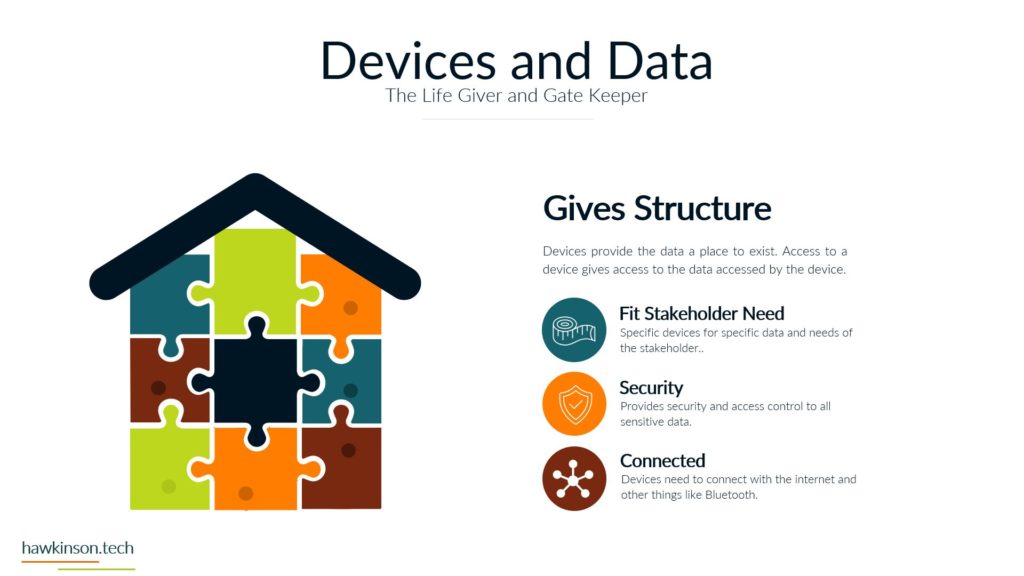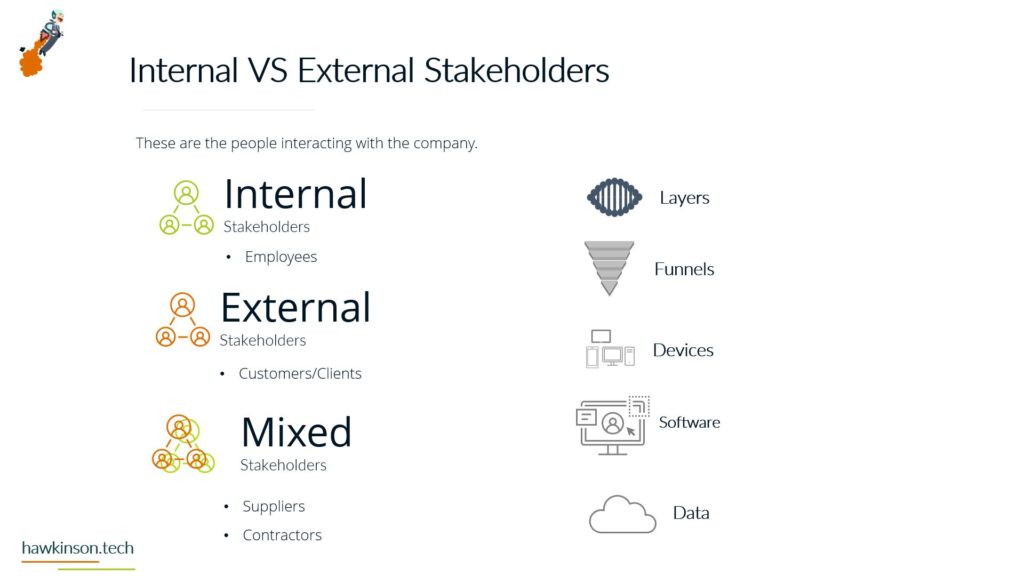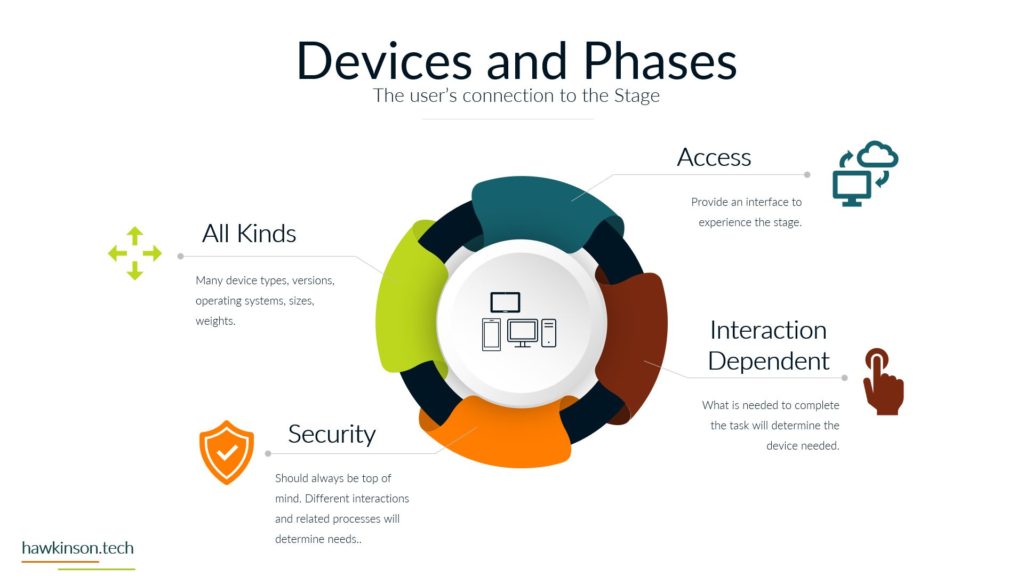WPMU DEV, a WordPress development firm, created Defender. Someone can buy it independently or as a package with other website products. Installing Defender is easy, and it’s simple to use. The plugin boasts various security features, including an IP-blocking firewall and unlimited file scans.
Defender works with the latest version of WordPress, and the free version offers plenty of features for website protection. Detailed documentation is available to understand the different features of the plugin.
Key Features
Effortless use
The setup wizard in Defender is simple to use and excellent for novices.
Support and evidence
WPMU Dev provides forums, emails, chat room help, and extensive documentation.
Blocklist Watch
If your website has a problem, you can automatically check Google’s block list every six hours and get email notifications immediately.
Complete Hub access
Defender Pro lets you manage automatic updates, configurations, efficiency, uptime, analytics, statistics, assistance, client billing, and white labeling from a single command center.
Other Features
- Security scanning
- One-click resolve
- Blocklist monitoring
- Two-factor authentication
- Security alerts

































